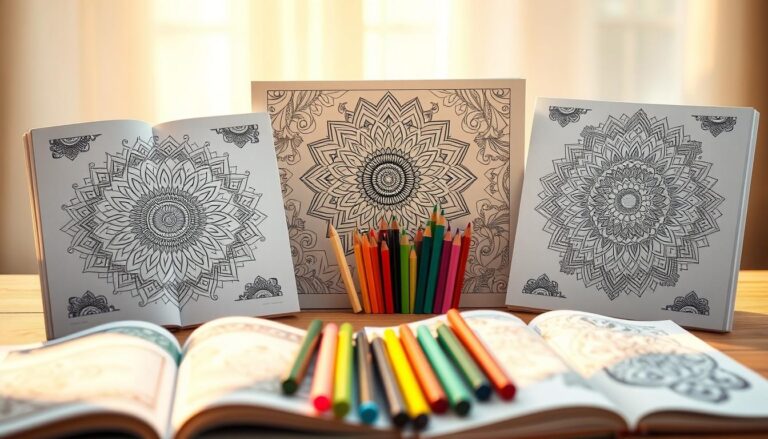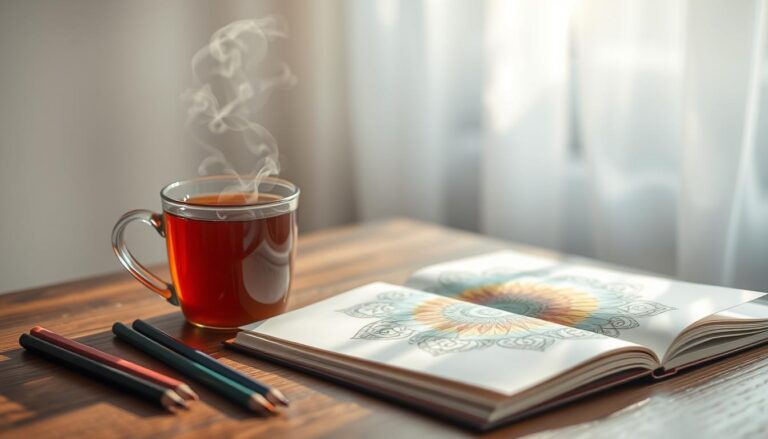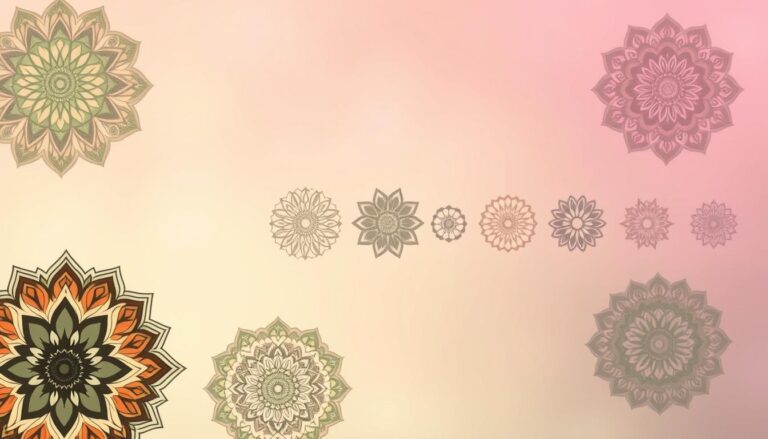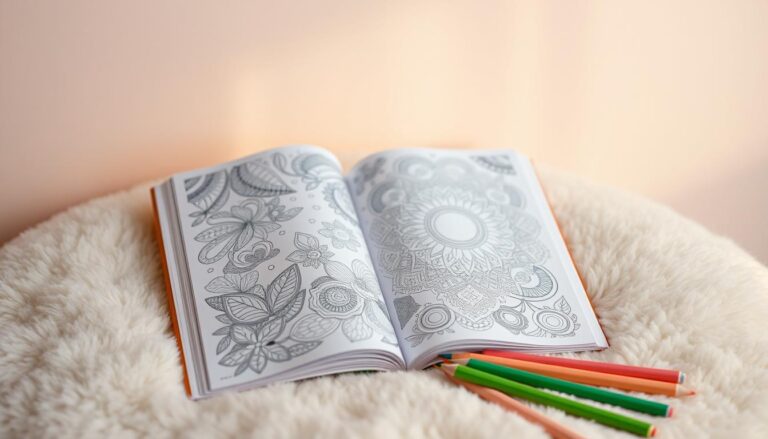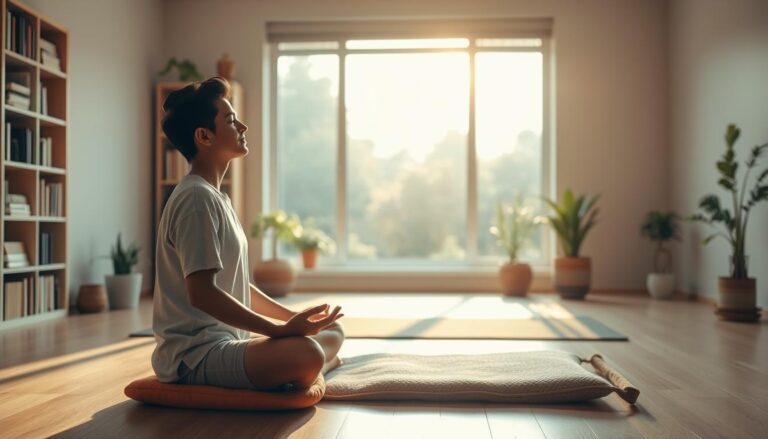How to Use Coloring for Digital Detox
Look around you right now. Screens are everywhere—on your walls, in your pocket, even following you throughout your day. This constant connection can leave you feeling drained and overwhelmed.
There’s something magical about returning to simple pleasures. At Coloring.kids, we believe in the beauty of unplugged activities that bring real joy back into your life.
This creative pastime serves as a powerful solution to help your family step away from the digital world. It provides the same sense of control that screens offer, but without the addictive algorithms. You’re creating intentional moments to reset your mind and reconnect with tactile experiences.
A true break from technology isn’t about deprivation. It’s about finding balance through activities that nourish your well-being. This hands-on hobby can become your go-to ritual for reducing screen dependency while nurturing creativity and calm.
Key Takeaways
- Simple creative activities offer a refreshing alternative to constant screen time
- Unplugged hobbies provide control and stimulation without digital side effects
- Intentional breaks help reset your mind and improve focus
- Tactile experiences create meaningful moments away from technology
- This approach brings joy and accomplishment that screens often lack
- Both children and adults benefit from balanced tech usage
Understanding Digital Overload and Its Impact
Modern life surrounds us with glowing rectangles that demand our focus throughout the day. This constant exposure creates a unique form of overload that affects both your mind and body.
The Effects of Excess Screen Time on Your Well-being
Too much screen time trains your brain for rapid switching between tasks. This makes sustained attention much harder to maintain. Your mind becomes accustomed to quick rewards rather than deep focus.
The blue light from devices disrupts your natural sleep cycles. It interferes with melatonin production, making quality sleep difficult to achieve. This creates a cycle of fatigue that affects your entire day.
Recognizing Signs of Digital Fatigue
You might notice mental fog or difficulty concentrating after long periods with screens. This cognitive overload leaves you feeling drained despite being “busy.” Your attention span shortens as your brain adapts to constant stimulation.
Physical symptoms include eye strain, headaches, and disrupted sleep patterns. Children show particular sensitivity, with impacts on their developing brains and social skills. Recognizing these signs helps you take proactive steps toward balance.
Techniques for a Coloring Digital Detox
The shift from digital engagement to hands-on creativity works best when approached with strategy and care. Simple methods can make this transition feel natural rather than forced.
Establishing a Relaxing Coloring Routine
Create a special ritual around your creative sessions. Give it a fun name like “Creative Corner Hour” to build excitement.
Start with short periods of 15-20 minutes. This manageable timeframe helps build consistency without overwhelming your schedule. The goal is regular practice, not marathon sessions.
Choose consistent times each day for your artistic break. Many people find after-dinner or pre-bedtime moments work perfectly. Soft lighting and gentle music enhance the calming atmosphere.
Practical Strategies to Reduce Screen Time
Treat your creative appointments as non-negotiable. Schedule them like important meetings in your calendar. This commitment reinforces their value in your weekly patterns.
Offer yourself limited choices to maintain focus. Select which pages or tools to use beforehand. This reduces decision fatigue while keeping the experience engaging.
Begin each session by sitting quietly for the first five minutes. This settling period helps shift your attention from digital stimulation to creative flow.
| Approach | Time Commitment | Best For | Key Benefit |
|---|---|---|---|
| Quick Reset | 15 minutes | Busy days | Immediate mental break |
| Wind-Down Ritual | 30 minutes | Evenings | Sleep preparation |
| Weekly Deep Dive | 60+ minutes | Weekends | Sustained creativity |
These techniques help retrain your brain for sustained attention. The repetitive motion and focused activity provide a healthy alternative to screen-based pastimes.
Enhancing Your Experience with Creative and Mindful Practices
Elevating your artistic sessions begins with creating an environment that supports deep concentration and creative flow. Simple adjustments to your space and routine can transform ordinary moments into meaningful creative time.
Creating a Dedicated, Screen-Free Coloring Space
Designate a comfortable area with good natural light where materials stay organized and accessible. This dedicated zone becomes your sanctuary away from screens, making it easy to start your creative activity whenever you need a break.
Using Themed Days and Seasonal Projects for Variety
Keep your practice fresh with themed adventures like “Ocean Exploration Day” or holiday-specific pages. Each project builds excitement and purpose, transforming simple sessions into memorable experiences within your creative world.
| Space Type | Setup Requirements | Best For | Key Benefit |
|---|---|---|---|
| Portable Station | Art caddy, lap desk | Small spaces | Flexible movement |
| Permanent Corner | Table, good lighting | Daily practice | Consistent routine |
| Seasonal Display | Gallery wall, frames | Project focus | Visual motivation |
Leveraging Tactile Tools for Improved Focus
Sand timers create mindful boundaries for your creative time. Special music playlists enhance atmosphere without digital distractions. These tools support sustained focus while exploring beautiful colors and combinations.
Your artistic space becomes a haven where color exploration flourishes. Each session strengthens your ability to maintain focus away from glowing screens.
Conclusion
Finding balance in our technology-filled world begins with simple choices. Your digital detox journey isn’t about rejecting devices entirely. It’s about creating intentional screen-free time that protects your brain from overload.
Even small commitments of fifteen minutes daily can transform your relationship with screen time. This sustainable routine supports better sleep and reduces blue light exposure. You’ll reclaim your focus and attention in meaningful ways.
This mindful practice plants seeds of self-regulation that extend beyond your creative break. It offers genuine joy that glowing screens cannot replicate. Start your detox today with confidence in this timeless solution.


